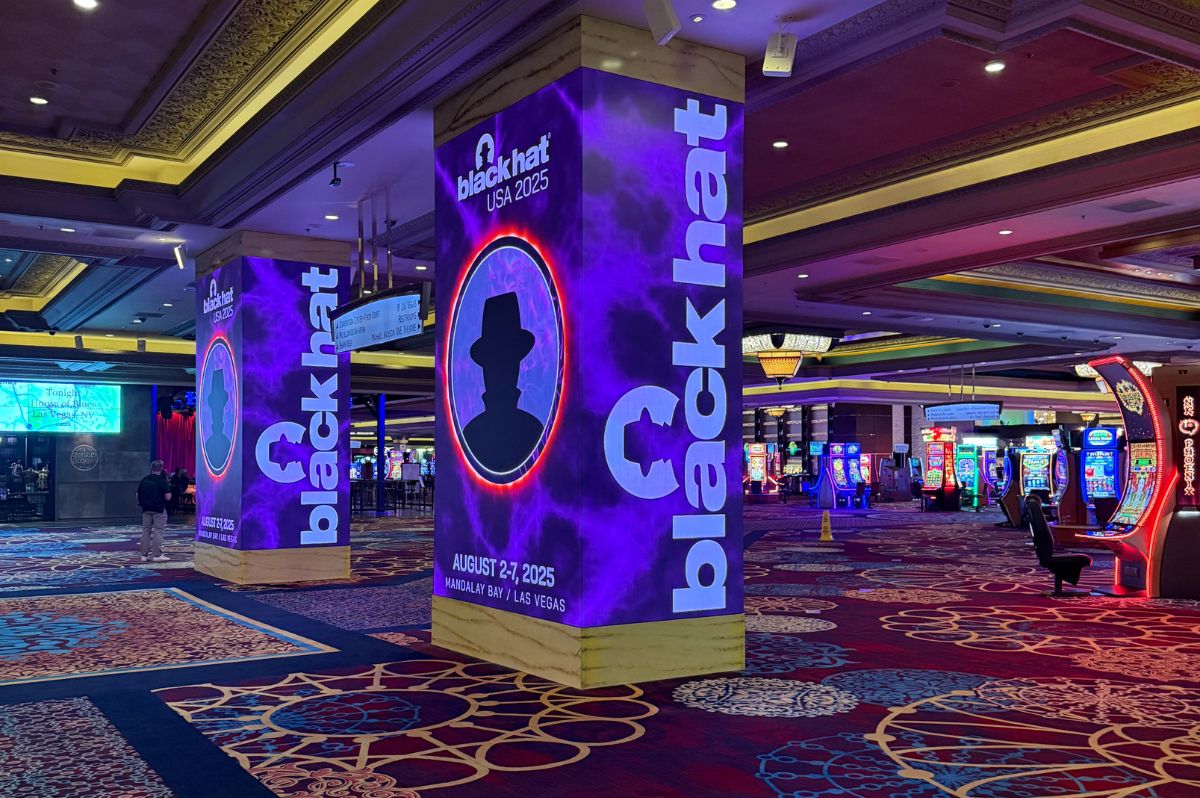When people think about cybersecurity, they picture hoodie-clad hackers furiously typing in dark basements, breaking into networks with arcane code. The reality? Most cyberattacks aren’t spectacular Hollywood-style breaches—they’re painfully mundane, often exploiting simple human errors and overlooked security gaps.
As enterprises invest billions in security tools and compliance initiatives, many still suffer from breaches, ransomware attacks, and insider threats. Why? Because some of the most critical truths about enterprise cybersecurity risks are still widely misunderstood. Let’s break them down.
1. The Biggest Security Threat Isn’t a Hacker—It’s an Employee
Phishing, weak passwords, clicking shady links—employees remain the weakest link in enterprise security. Even well-trained staff fall for MFA fatigue attacks, social engineering scams, or the classic “helpful IT technician” trick. Negligence, not malice, is responsible for many breaches.
2. MFA Isn’t the Bulletproof Shield You Think It Is
Yes, multi-factor authentication (MFA) makes attacks harder, but it’s far from perfect. Threat actors use MFA fatigue attacks, SIM swapping, and man-in-the-middle phishing kits to bypass it. If your organization isn’t considering phishing-resistant MFA or passwordless authentication, you’re already behind.
3. CISOs Are Losing More Sleep Over Cyber Insurance Than Cyberattacks
Cyber insurers aren’t just hiking premiums—they’re denying claims if enterprises can’t prove they followed security best practices. Some insurers now demand detailed proof of access controls, endpoint security, and zero trust architecture, making cyber insurance harder (and more expensive) than ever.
4. Your Enterprise SaaS Apps Are a Goldmine for Hackers
Microsoft 365, Google Workspace, Salesforce—these apps store everything. Yet, a single compromised account can grant attackers a foothold across your entire cloud ecosystem. Even worse? OAuth abuse, where hackers gain persistent access to SaaS accounts through seemingly benign third-party integrations.
5. Legacy NAC Solutions Might Be Letting in Attackers
Many enterprises still rely on on-premises NAC solutions like Cisco ISE, Aruba ClearPass, or Forescout—assuming they’re secure. The truth? These solutions often have gaps in enforcement, outdated integrations, and blind spots. Cloud-native NAC solutions provide real-time enforcement without the headaches.
6. IoT Devices Are a Hacker’s Best Friend
Your smart thermostats, security cameras, and even connected coffee machines might be the entry point for an attacker. Many IoT devices lack basic security controls, don’t receive firmware updates, and can’t be easily monitored. Yet, they live inside corporate networks, ripe for exploitation.
7. Your Fancy Endpoint Security Solution Won’t Save You
Endpoint Detection & Response (EDR) is great—but not a silver bullet. Attackers use “living off the land” (LotL) techniques, hijacking built-in system processes to evade detection. If an endpoint is compromised before EDR sees it, it’s already too late.
8. Shadow IT Is Worse Than You Think
Employees aren’t waiting for IT approval—they’re signing up for unauthorized SaaS apps, personal VPNs, and cloud storage accounts. This creates massive blind spots where sensitive data can be leaked, lost, or exploited without IT knowing.
9. Compliance Doesn’t Equal Security
SOC 2, ISO 27001, NIST—they all look great on paper. But being compliant with regulations doesn’t mean that enterprise cybersecurity risks are diffused. These frameworks set a minimum baseline. Real security requires continuous monitoring, adaptive policies, and real-time enforcement.
10. Attackers Aren’t Breaking In—They’re Logging In
Over 80% of breaches involve stolen or weak credentials. Hackers buy or steal credentials from the dark web and walk right through the front door. That’s why zero trust policies, continuous identity verification, and passwordless authentication are becoming the new norm.
11. Cybersecurity Awareness Training Alone Won’t Protect You
Security training is important but overrated. Employees still fall for phishing, approve MFA requests they shouldn’t, and reuse passwords. The solution? Automated security controls, phishing-resistant authentication, and least-privilege access models—not just more PowerPoint training sessions.
12. The Most Dangerous Attackers Are Already Inside
Insider threats don’t just come from disgruntled employees—they also come from compromised credentials, third-party vendors, and unsecured personal devices. Many organizations focus on external threats while ignoring the risks lurking inside their own networks.
A Shifting in Mindset Around Enterprise Cybersecurity Risks
Enterprise cybersecurity risks are everywhere. Companies can no longer rely on legacy security tools, static defenses, and compliance checklists. The threats have evolved, and so must your approach.
- Adopt zero trust principles—never trust, always verify.
- Move beyond traditional MFA to phishing-resistant authentication.
- Upgrade outdated NAC solutions to cloud-native enforcement.
- Lock down SaaS access and reduce shadow IT risks.
- Assume attackers will get in—and have controls to limit their impact.
Cybersecurity isn’t about building walls. It’s about controlling access, enforcing security in real time, and reducing risks before they turn into disasters.
Which of these cybersecurity truths surprised you the most? Let’s discuss in the comments.
Related Reading
Try Portnox Cloud for Free Today
Gain access to all of Portnox's powerful zero trust access control free capabilities for 30 days!




